Experts say cuisine is the reason why foreign tourists return to Vietnam and is a prominent competitive advantage of Vietnamese tourism in the international arena.
"Food is the shortest way to learn about a destination's culture," said Dubai tourist Harvey Koi.
Harvey first came to Vietnam in 2017, visiting Ho Chi Minh City and was captivated by the city's culinary diversity. He returned after the Covid pandemic ended in 2022 because he craved Vietnamese food. Since then, Harvey has flown to Hanoi and Ho Chi Minh City every year, staying for a month each time to explore the markets and local delicacies, while also producing content suggesting culinary experiences for foreigners in the two major cities of Vietnam.
Not only Harvey, many foreign tourists coming to Vietnam prioritize culinary experiences, in addition to sightseeing and exploration activities.

"If you ask 10 customers, 9 of them will love Vietnamese food after each food tour," said Mr. Nguyen Huy Hoang, CEO of Klook Vietnam, adding that cuisine is a prominent competitive advantage of Vietnamese tourism compared to other markets in the region and the world. Vietnamese cuisine is diverse, spanning three regions, each with its own taste, and all types of experiences from street food to high-end restaurants are available.
Klook representative said that in 2024, culinary-related services will be the key product that will help the company break through. Revenue from Klook's food tour products (food tours of all kinds), food experiences (culinary experiences), and fine dining experiences (high-end culinary experiences) in 2024 increased by 70% compared to the same period and is expected to continue to explode next year.
Culinary products are available in three regions, concentrated in big cities such as Hanoi, Ha Long, Da Nang, Hoi An, Ho Chi Minh City and Can Tho. Popular are walking tours, cyclo tours, motorbike tours to enjoy street food; culinary tours on cruises; buffet tickets at restaurants and hotels; cooking classes. Costs range from one million VND.
A business specializing in culinary tours with Vespa motorbikes in Ho Chi Minh City said that the company has been operating since the pandemic, and the rate of customers booking tours has continuously increased every year. The tour products have the lowest price from two million VND per customer. In 2025, the tours are fully booked until the end of the first quarter. Customers mainly come from the European, American, and Australian markets, and have little contact with motorbikes as a means of transportation.
Besides the usual culinary tours, cooking classes are also popular with foreign visitors. Mr. Nguyen Huy Hoang said this type of tour appeared around 2019 but only flourished after the pandemic.
Nguyen Dinh Le Hoa, founder of MOM Cooking Class, a cooking class for foreign tourists in Ho Chi Minh City, said that tourists often come to cooking classes on the last day of their trip, after they have enjoyed Vietnamese dishes at restaurants. The cost of the class ranges from 30-35 USD in the low season of international tourism, June-September; 40-45 USD in the high season from October to May. In the low season, Hoa's class welcomes about 10 guests each day, and during the peak season, the number of guests increases 2-3 times.
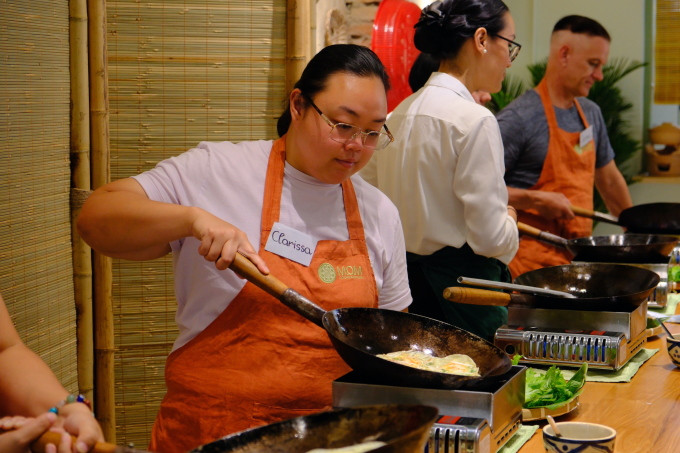
Clarissa, a Filipino tourist who visited Ho Chi Minh City in July, said she spent four days exploring the city and taking a Vietnamese cooking class before returning home. She tries to find cooking classes on every trip to other countries.
"I practice cooking when I return home," Clarissa said, commenting that Vietnamese dishes are low in fat, have harmonious flavors, use a lot of vegetables, and are easy to apply in daily meals. Through the class, Clarissa was "opened up" to Vietnamese cuisine, which is not just about banh mi or pho.
According to Director of the Vietnam National Administration of Tourism Nguyen Trung Khanh, the strategy for developing Vietnam's tourism to 2030 identifies cuisine as a key cultural stream and one of the important products contributing to enhancing the competitiveness and brand of national tourism.
Many localities also promote food tours to attract tourists. Hai Phong pioneered the launch of the food tour map "Hai Phong around check in" in 2022, which became an explosive trend on social media platforms.
December, Danang starts food tour with 10,000 culinary "passports" given to tourists to experience typical dishes such as Quang noodles, spring rolls, and sandwiches at 50 dining establishments suggested by the Department of Tourism. This is the first campaign the city has launched related to cuisine, hoping to bring interesting experiences to tourists, contributing to promoting local and regional cuisine.
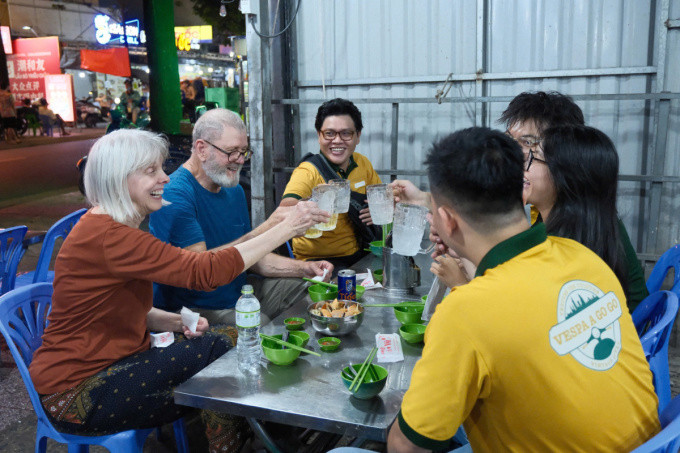
Vietnamese cuisine has also affirmed its position on the world map through the appearance of Michelin in 2023 in Hanoi and Ho Chi Minh City. After a year, the Culinary Guide expanded to Da Nang. Experts say that high-end cuisine will help Vietnam compete in the international arena. Master Ha Quach (Vincent), lecturer of Tourism and Hospitality Management at RMIT University, said that the remarkable growth of the F&B industry in 2024 is partly due to the "Michelin effect" and the growing reputation of Vietnamese cuisine. Mr. Ha cited a report by iPOS.vn, the F&B industry is on the rise with the market value in 2024 expected to increase by nearly 11% compared to 2023 and reach more than 655 trillion VND.
The Michelin effect has had a positive impact on suppliers, staff and the community. “Restaurants featured in the guide have reported increased sales and bookings, contributing to the growth of the industry as a whole,” the RMIT lecturer said.
Despite being seen as a bright star in the tourism industry, Vietnamese cuisine still faces some challenges. RMIT Tourism and Hospitality Management Senior Dean Dr Jackie Ong said the big challenge has been maintaining high standards across all businesses, from street food stalls to fine dining restaurants. This involves ensuring food safety and hygiene, especially in casual dining establishments.
"The F&B industry must simultaneously balance modernization and preserving identity, needing to innovate to meet international expectations without losing the quintessence of traditional Vietnamese cuisine," said Ms. Jackie Ong.
Experts believe that Vietnamese cuisine still has a lot of room to grow next year as foreign luxury travel companies open culinary tours in Vietnam. Abercrombie & Kent (A&K), a luxury travel company in the US, announced on its website that it has chosen Vietnam as the first destination for its culinary tour series. The journey to discover food across Vietnam is expected to start in 2025, with tour prices starting from 6,995 USD (178 million VND) per person, limited to 18 guests per tour. After Vietnam, the company plans to expand the tour to countries such as Italy, France, Japan and China.
Klook Vietnam CEO believes that Vietnamese cuisine is in a more competitive position than other countries in the region that have strengths in food tours such as Thailand and Singapore. Thailand is gradually becoming a familiar destination, while Singapore has twice the cost of Vietnam.
"Vietnam is an emerging culinary destination for Southeast Asian visitors, attracting many Indonesian, Malaysian and Filipino visitors, with positive signs forecast for 2025," said Mr. Nguyen Huy Hoang.
Source


![[Photo] Binh Trieu 1 Bridge has been completed, raised by 1.1m, and will open to traffic at the end of November.](https://vphoto.vietnam.vn/thumb/1200x675/vietnam/resource/IMAGE/2025/10/2/a6549e2a3b5848a1ba76a1ded6141fae)





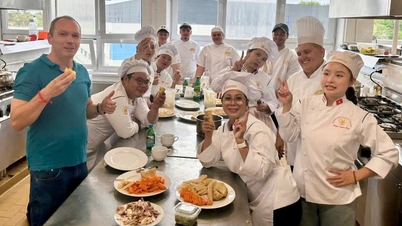

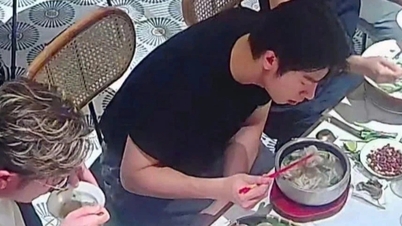







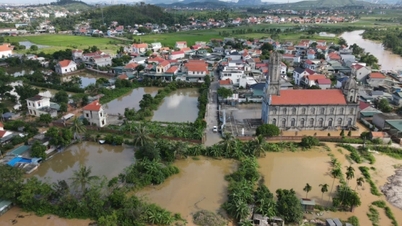




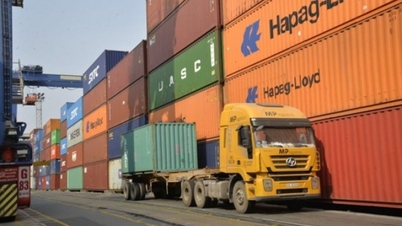





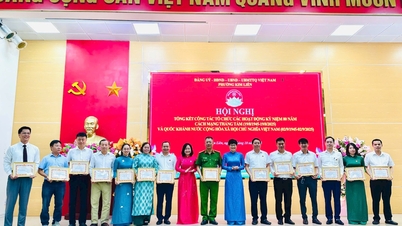
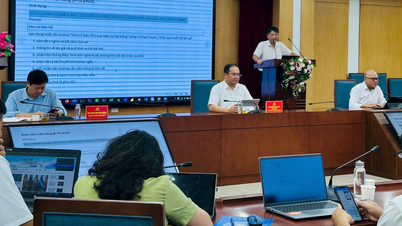
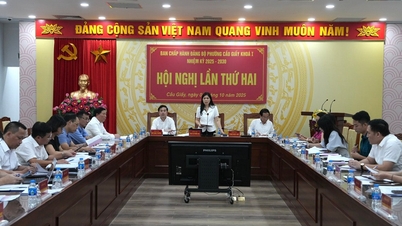
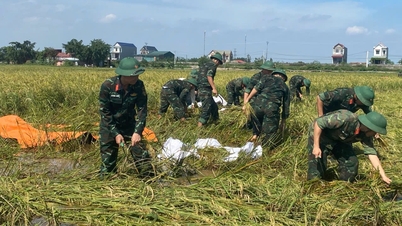




































































Comment (0)